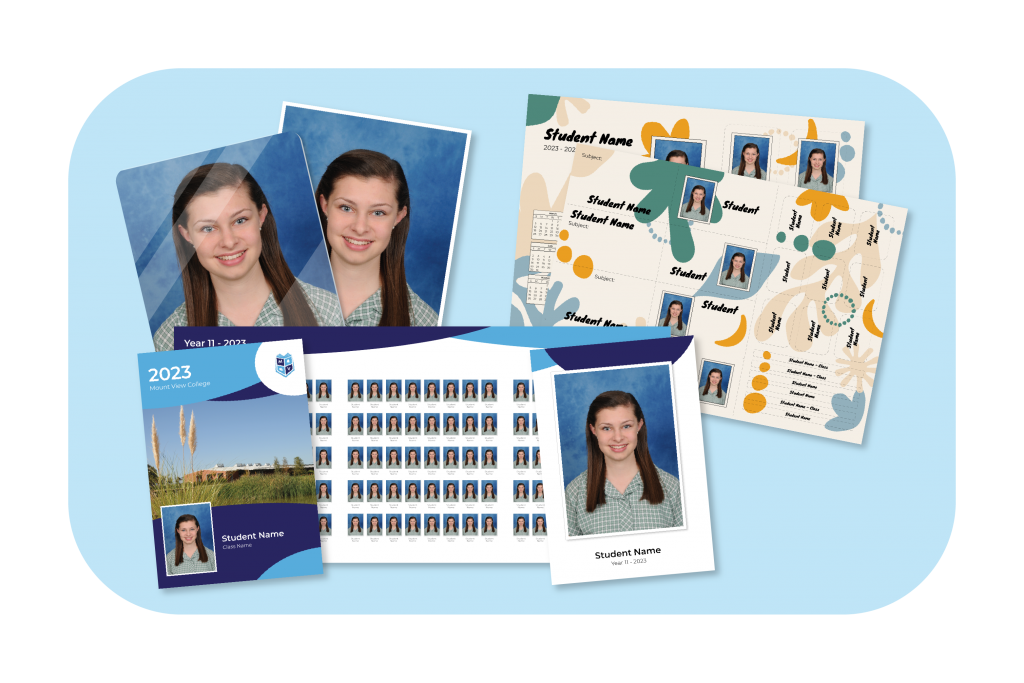
School portrait photography is an art form that goes beyond capturing a simple image of a student. It is about capturing a moment, freezing a memory, and creating a lasting impression. The photographer must possess skills and techniques that can bring out the unique personality of each student, making the portrait a true representation of who they are.
One of the most important aspects of school portrait photography is creating a comfortable and relaxed environment for the students. Many students may feel nervous or self-conscious in front of the camera, and it is the photographer's job to make them feel at ease. This can be achieved through friendly conversation, jokes, and small talk. By establishing a connection with the student, the photographer can bring out their natural smiles and expressions, resulting in a genuine and authentic portrait.
Lighting is another crucial element in school portrait photography. The right lighting can enhance the features of the student and highlight their best attributes. Natural lighting is often preferred as it gives a soft and flattering effect, but artificial lighting can also be used to create a specific mood or atmosphere. The photographer must have a good understanding of lighting techniques and be able to manipulate it to achieve the desired result.
Composition plays a significant role in creating compelling school portraits. The photographer must carefully select the background, posing, and framing to create a visually appealing image. The background should be simple and uncluttered, allowing the student to take center stage. The posing should be natural and relaxed, showcasing the student's personality. The framing should be done in a way that draws attention to the subject while maintaining balance and harmony in the overall composition.
Attention to detail is crucial in school portrait photography. From the student's clothing to their hairstyle and accessories, every aspect should be considered. The photographer should guide the student on the best choices for their portrait, ensuring that they look their best. Small details like adjusting a collar, fixing a stray hair, or straightening a tie can make a significant difference in the final result.
Post-production editing is the final step in the art of school portrait photography. While it is essential to capture the best possible image in-camera, editing can enhance the portrait further. Adjustments in color, contrast, and exposure can bring out the student's features and make the portrait more visually appealing. However, it is crucial not to overdo the editing, as it may result in an unrealistic or unnatural representation of the student.
School portrait photography is not just about taking a picture; it is about creating a cherished memory that will be treasured for years to come. A well-captured school portrait can capture the essence of a student's personality, freeze a moment in time, and serve as a reminder of their school days. The art of school portrait photography requires skill, creativity, and a genuine passion for capturing the beauty and individuality of each student.
In conclusion, school portrait photography is a form of art that goes beyond a simple photograph. It is about creating a connection with the student, capturing their unique personality, and freezing a significant moment in their lives. Through careful attention to detail, composition, lighting, and post-production editing, the photographer can create a portrait that is a true representation of the student. The art of school portrait photography is a skill that requires practice, creativity, and a genuine love for capturing the beauty of each student.